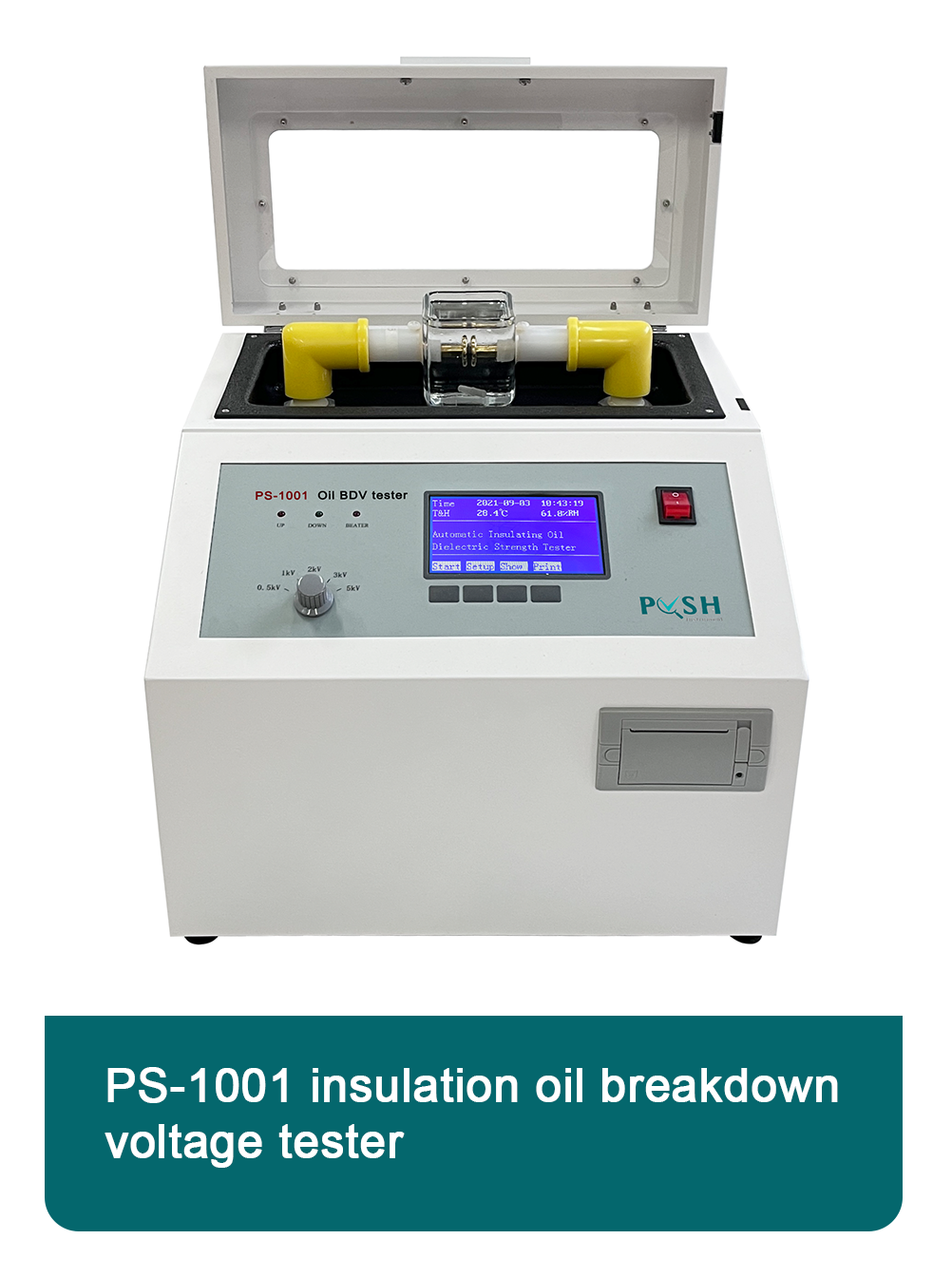 English
English


Exploring the Advantages of Automated Titration Systems in Modern Laboratories
The Evolution and Importance of Autotitrators in Modern Chemistry
Autotitrators are an ingenious advancement in analytical chemistry, designed to automate the titration process, which is a classical analytical method used to determine the concentration of an analyte in a solution. This remarkable device has changed the landscape of analytical laboratories, contributing significantly to efficiency, precision, and reproducibility in chemical analysis.
Traditionally, titration is carried out manually, where the analyst carefully adds a titrant to a sample solution until a specific endpoint is reached. The endpoint is often indicated by a color change due to an added indicator, or through a change in some measurable property of the solution, such as pH. While this method has been a cornerstone of analytical chemistry for centuries, it is not without its challenges. Manual titration can be prone to human error, including misreading the endpoint or variations in titrant addition. Furthermore, it can be labor-intensive and time-consuming, particularly when multiple samples must be analyzed.
Enter the autotitrator, a sophisticated instrument designed to automate this process. Autotitrators utilize electronic control systems, motors, and sensors to perform titrations with minimal human intervention. By automating sample delivery and titrant addition, autotitrators not only enhance the speed of analysis but also increase accuracy. As these instruments are programmed to add titrant at precise intervals and with consistent speed, variations in titration curves, which may arise from human oversight, are significantly reduced.
The integration of advanced technology has allowed for the development of various types of autotitrators, including those that utilize potentiometric, conductometric, and photometric detection methods to ascertain the endpoint of a titration. Potentiometric autotitrators measure the potential difference or voltage change across a solution, thereby providing a reliable way of detecting the endpoint based on electrochemical principles. Conductometric autotitrators monitor the change in electrical conductivity, which occurs as the titration progresses. Photometric autotitrators, on the other hand, utilize light absorption properties of the solution, allowing for endpoints to be determined based on color changes without the need for visible indicators.
autotitrators

One of the primary benefits of using autotitrators in laboratories is their ability to conduct high-throughput analyses. In industries such as pharmaceuticals, food and beverage, and environmental testing, where large numbers of samples must be analyzed quickly and accurately, autotitrators have proven invaluable. They facilitate multitasking by allowing analysts to focus on other important tasks while the autotitrator performs the titration. This not only enhances productivity but also helps laboratories meet tight deadlines for analysis.
Moreover, autotitrators are designed with software capabilities that allow for data integration and management. Many models come equipped with advanced features such as real-time data monitoring, automated reporting, and connectivity options that facilitate seamless integration with laboratory information management systems (LIMS). This digital transformation enhances traceability and compliance with regulatory standards, particularly critical in industries that operate under strict guidelines, such as pharmaceuticals.
In addition to their efficiency and precision, autotitrators are also praised for their adaptability. Research and development in various fields are constantly evolving, and autotitrators can be modified or programmed to meet the specific needs of different titration protocols. By adjusting parameters such as titrant concentration, pH set points, or the rate of addition, these instruments can cater to the diverse range of analyses required by chemists today.
In conclusion, autotitrators have revolutionized the field of analytical chemistry by automating the traditional titration process. Their ability to improve accuracy, speed, and data management has made them essential tools in modern laboratories. As technology continues to advance, autotitrators are likely to evolve further, incorporating artificial intelligence and machine learning capabilities to enhance their operational efficiency. By embracing these innovations, chemists can better navigate the complexities of modern analysis, ensuring higher quality results that meet the demands of an ever-evolving scientific landscape.
-
Differences between open cup flash point tester and closed cup flash point testerNewsOct.31,2024
-
The Reliable Load Tap ChangerNewsOct.23,2024
-
The Essential Guide to Hipot TestersNewsOct.23,2024
-
The Digital Insulation TesterNewsOct.23,2024
-
The Best Earth Loop Impedance Tester for SaleNewsOct.23,2024
-
Tan Delta Tester--The Essential Tool for Electrical Insulation TestingNewsOct.23,2024





